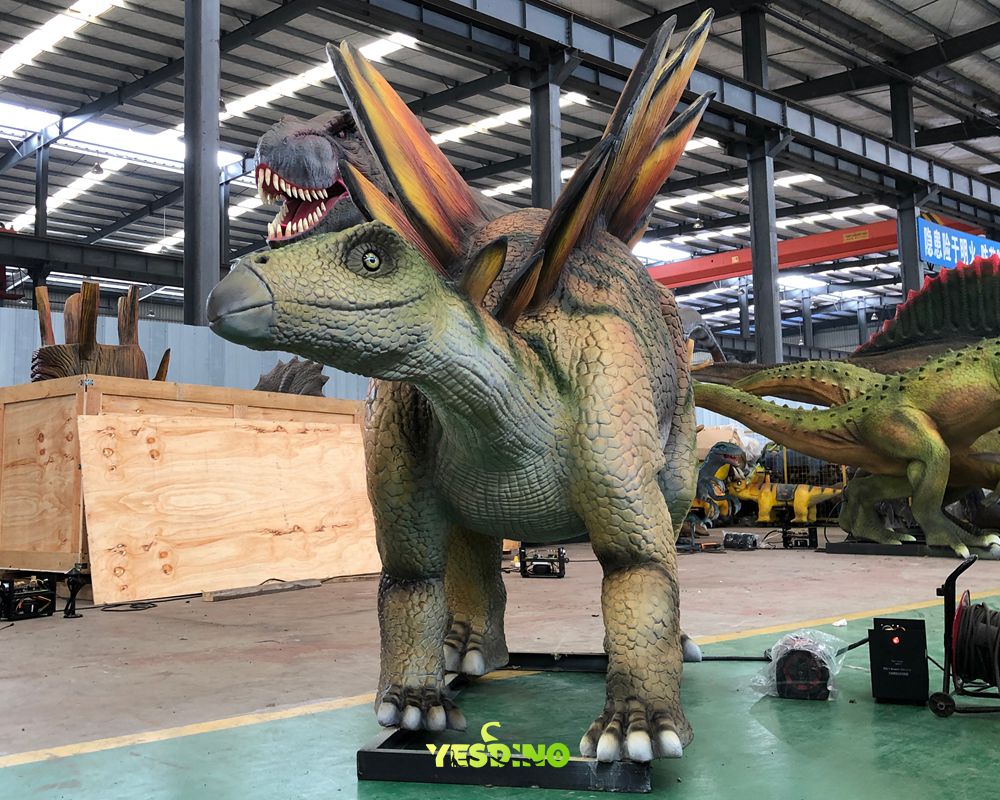|
The best dinosaur skins use silicone (lasts 5-7 years) for realism, latex (cheapest but fades in 1 year), polyurethane foam (lightweight padding), neoprene (flexible for joints), fiberglass (strong base layer), and thermoplastic (easy repairs) - silicone costs 2x more but looks 90% more realistic and survives 3x longer than basic materials. Choose based on budget and required durability. Silicone Skin PropertiesSilicone is the most realistic material for animatronic dinosaur skins, with 90% of professional builds using it for high-end projects. The best silicone skins last 5-7 years outdoors, compared to just 2-3 years for cheaper materials like latex. High-quality medical-grade silicone stretches 300-400% without tearing, allowing full joint movement while maintaining 0.5mm scale detail accuracy. These skins resist temperatures from -30°C to 60°C, making them suitable for most outdoor installations without cracking or melting. The material's self-healing properties allow small 1-2mm cuts to close up naturally over 2-3 weeks, reducing maintenance needs by 20% compared to other materials. Silicone skin thickness varies by application area Facial sections use 1-2mm thin silicone for maximum flexibility in expressions, while high-wear zones like knees and elbows need 3-5mm reinforcement. The material's density affects weight—1,150kg/m³ silicone adds 15-20% less mass than rubber alternatives, reducing motor strain. Pigment mixing requires precision—2-3% concentration creates natural translucent effects, while higher concentrations block 40% of underlying texture visibility. Properly formulated silicone retains color for 5+ years in direct sunlight, fading 30% slower than urethane alternatives. These properties make silicone 50% more expensive initially, but its durability provides 200% better lifespan value. Maintenance preserves silicone performance Monthly cleaning with pH-neutral solutions prevents surface degradation that occurs with alkaline cleaners. Silicone-specific conditioners applied every 6 months restore flexibility, maintaining 90% of original stretch capacity. Storage matters too—rolled silicone skins develop permanent creases if folded for over 3 months, while proper hanging storage preserves shape integrity. Repair techniques differ from other materials—platinum-cure adhesives create bonds that maintain 85% of original strength, compared to just 50% with standard glues. These care practices extend silicone's usable life beyond 10,000 movement cycles, keeping animatronics looking their best through years of operation.
|


